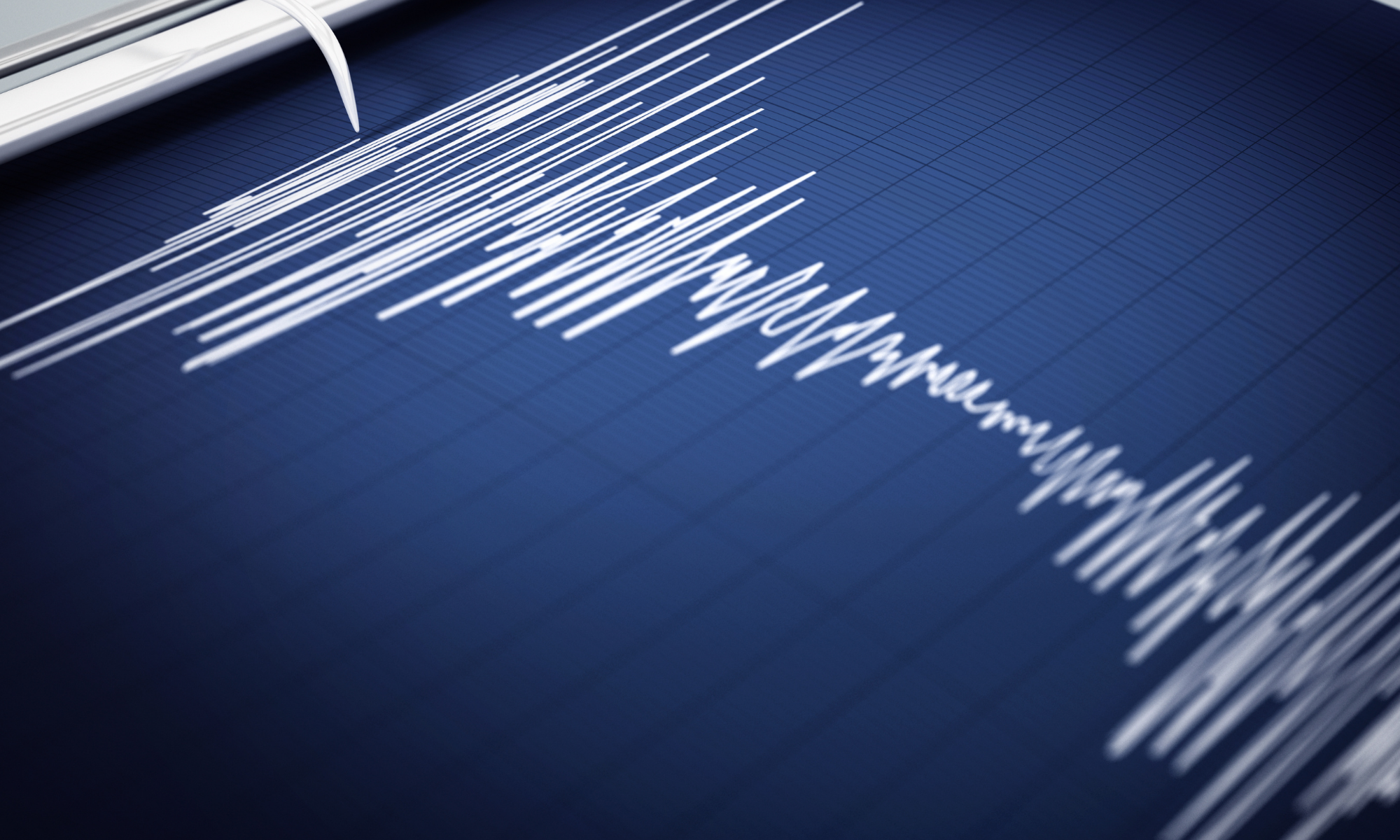Caltech Study Sheds Light On Unpredictable Earthquake Patterns

A recent Caltech study is challenging our understanding of earthquake patterns, focusing on the Sagaing Fault in Myanmar, where a devastating magnitude 7.7 earthquake struck in 2025. Led by Jean-Philippe Avouac and first author Solène Antoine, this research suggests that strike-slip faults (where two blocks of the earth slide past each other) like Sagaing and California's San Andreas might behave in unexpected ways, leading to more significant seismic events than previously recorded.
Published in the Proceedings of the National Academy of Sciences, the study utilizes advanced satellite imaging techniques to analyze the Sagaing Fault’s movement. These methods offer a clearer picture of ground shifts, surpassing traditional techniques like radar interferometry, which struggle with certain limitations. By examining imagery before and after the quake, researchers measured a surprising 3-meter displacement over a 500-kilometer segment of the fault.
This finding challenges the seismic gap hypothesis, which anticipated a rupture along a 300-kilometer section that hadn't experienced a significant quake since 1839. Instead, the fault's movement exceeded expectations, indicating more complex behavior than a simple catch-up of seismic activity.
The implications are significant for seismic hazard assessments. Current models, based largely on historical data, fail to account for the complex behaviors revealed in this study. As Avouac notes, these models often cannot capture the full range of potential earthquake scenarios due to limited historical records. The new insights suggest that physics-based models, which incorporate recent fault activity and shifts, could provide a more comprehensive understanding of future risks.
The research team, including co-authors Rajani Shrestha, Chris Milliner, and Kyungjae Im, highlights the need for updated models that consider not just the probability of earthquakes but also their potential magnitude and impact. Additional contributions came from experts like Chris Rollins of New Zealand's GNS Science Te Pu Ao, Kang Wang of EarthScope Consortium Inc., and Kejie Chen of China's Southern University of Science and Technology.
This groundbreaking work was supported by the Center for Geomechanics and Mitigation of Geohazards and other major institutions, paving the way for more accurate forecasts and preparedness strategies in earthquake-prone regions.